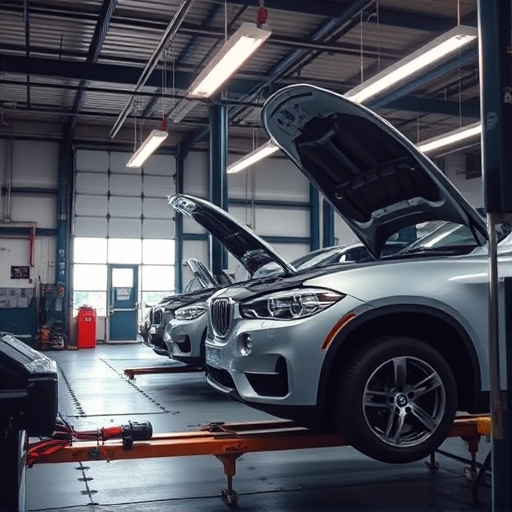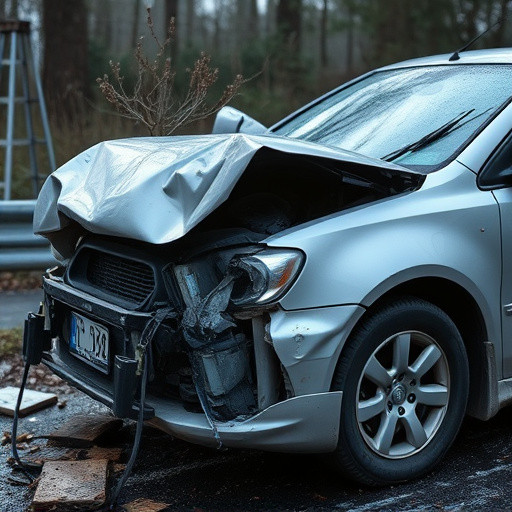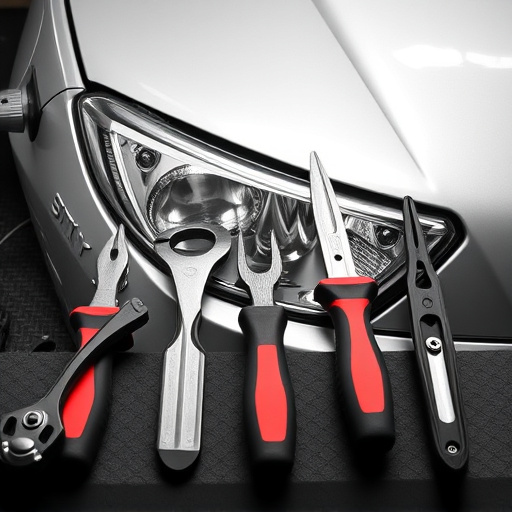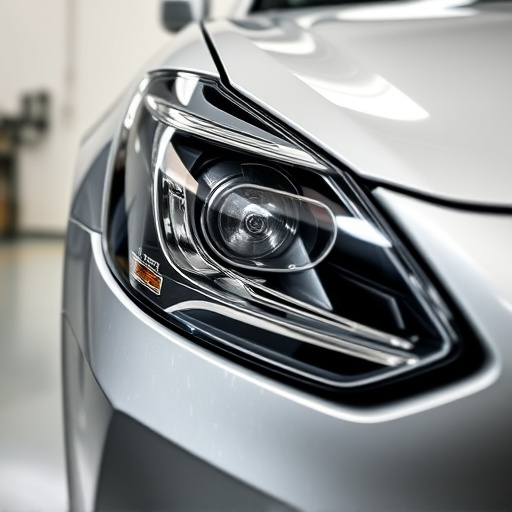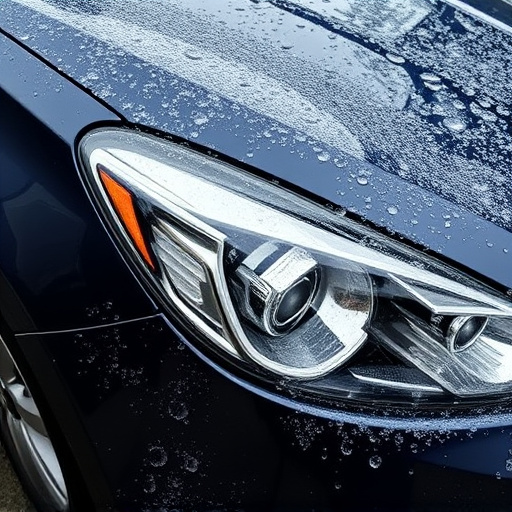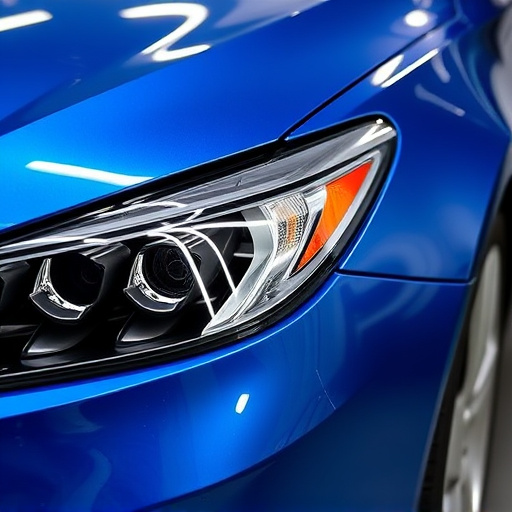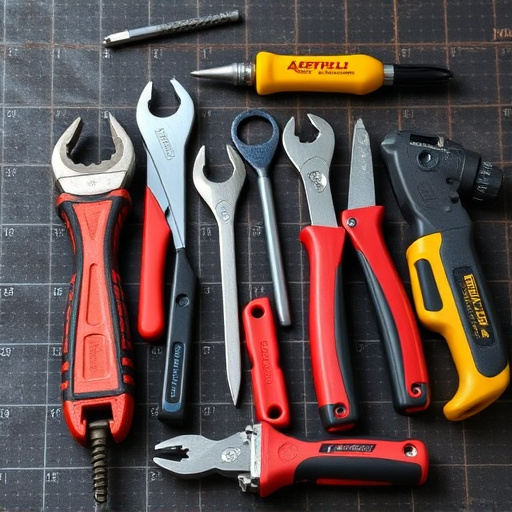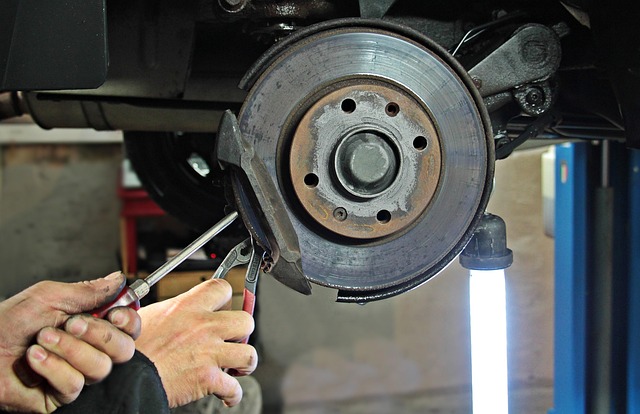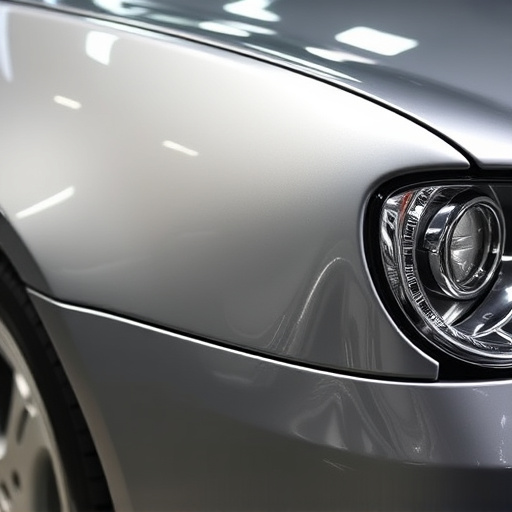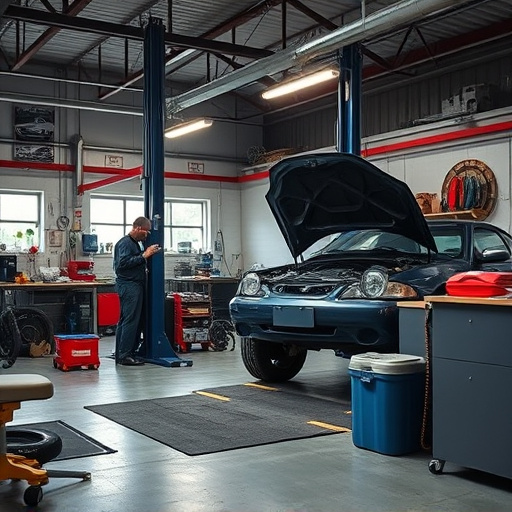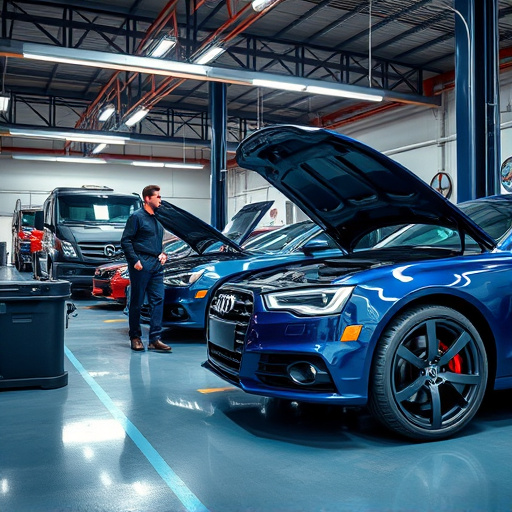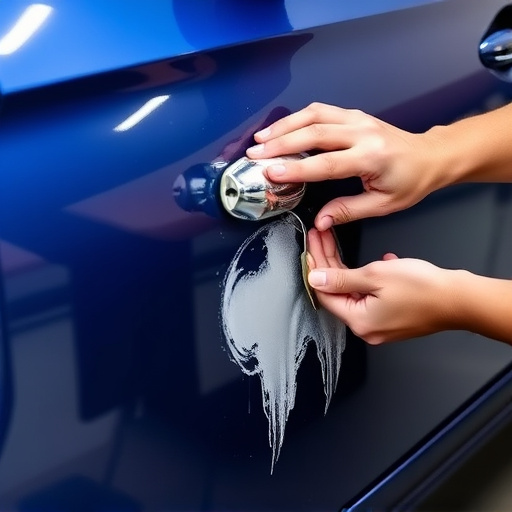Tesla Safety Cell Restoration is an advanced engineering process that goes beyond traditional auto body repairs, meticulously restoring and reinforcing vehicle frames and body panels for optimal occupant protection in collisions. Using cutting-edge technologies, precision welding, and high-strength materials like lightweight composites and high-strength steel, this method replicates original structural integrity, enhancing safety performance and fuel efficiency while adhering to Tesla's stringent standards. With a commitment to innovation, Tesla is poised to revolutionize collision avoidance systems and airbag technology, ensuring safer driving experiences for all owners and improving the cost-effectiveness of services provided by its auto collision centers.
“Tesla’s commitment to innovation extends beyond electric propulsion, with its Safety Cell serving as a cornerstone of advanced vehicle security. This article explores the intricate process of Tesla safety cell restoration, delving into the concept and its role in enhancing passenger protection. We’ll dissect the advanced material handling techniques that contribute to optimal performance, and glimpse into the future of Tesla’s safety features, setting expectations for even greater innovations in automotive safety.”
- Understanding Tesla Safety Cell Restoration: A Deep Dive into the Concept
- Advanced Material Handling Techniques for Optimal Safety Cell Performance
- The Future of Tesla Safety Features: Innovations and Expectations
Understanding Tesla Safety Cell Restoration: A Deep Dive into the Concept
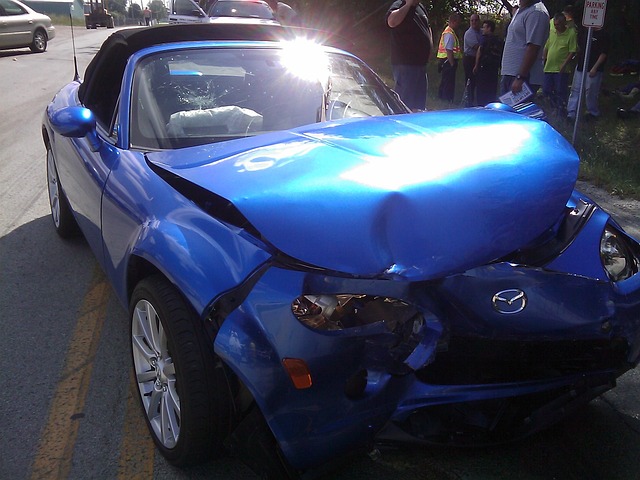
Tesla Safety Cell Restoration refers to a groundbreaking approach in vehicle safety engineering. It involves meticulously repairing and reinforcing the car’s structural framework, particularly the frame and body panels, to ensure optimal protection for occupants in case of a collision. This process goes beyond conventional auto painting or car bodywork services; it’s about restoring the integral strength and integrity of the vehicle.
By employing advanced techniques and materials, Tesla safety cell restoration aims to replicate the original structural integrity as closely as possible. It involves careful inspection, precision welding, and the use of high-strength materials to reinforce weak points identified during crash testing. This meticulous process guarantees that the restored vehicle maintains its ability to absorb and distribute impact energy away from the cabin, thereby enhancing overall safety performance, much like a robust car collision repair service designed with modern automotive standards in mind.
Advanced Material Handling Techniques for Optimal Safety Cell Performance
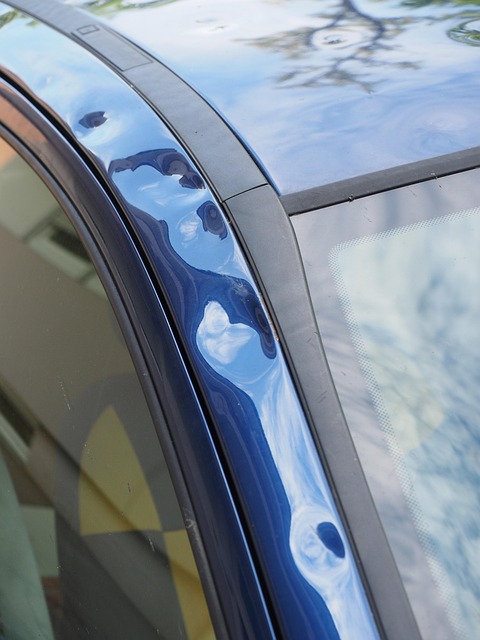
In the realm of Tesla safety cell restoration, advanced material handling techniques play a pivotal role in achieving optimal performance. Auto body shops specializing in this field employ cutting-edge technologies and precise methods to ensure the structural integrity and safety of the vehicle’s core components. By utilizing specialized tools and materials, these experts meticulously restore and reinforce the safety cell, enhancing its capability to protect occupants during accidents.
The process involves a delicate balance between precision repair and innovative material substitution. Body shop services that focus on Tesla safety cell restoration use high-strength composites and advanced metal alloys to replace damaged or outdated parts. This not only improves overall vehicle stability but also reduces weight, contributing to enhanced fuel efficiency. Such meticulous care in material handling guarantees that the restored safety cell meets the stringent standards set by Tesla, ensuring the continued safety of its drivers on the road.
The Future of Tesla Safety Features: Innovations and Expectations

As we look ahead, Tesla’s commitment to innovation promises exciting developments in safety features. With advancements in autonomous driving and connectivity, future Teslas are expected to incorporate even more sophisticated collision avoidance systems and improved airbag technology. These enhancements will not only prioritize passenger safety but also contribute to a reduction in the severity of accidents.
The integration of advanced materials, such as lightweight composites and high-strength steel, is set to be a game-changer in Tesla’s safety cell restoration processes. Auto collision centers specializing in Tesla repairs are likely to embrace these developments, enabling them to offer more efficient and cost-effective services while ensuring the highest standards of safety for Tesla owners. This future-forward approach promises a safer driving experience for all.
Tesla’s commitment to innovation in vehicle safety is evident through its groundbreaking Safety Cell Restoration process and advanced material handling techniques. By focusing on these key areas, Tesla continues to set industry standards, ensuring that its vehicles offer unparalleled protection for all occupants. As the company looks towards the future, we can expect even more sophisticated safety features, further solidifying Tesla’s position as a leader in automotive technology and passenger security.

